Hallway Lighting with Eco Benefits: Bright Paths, Gentle Footprint
Chosen theme: Hallway Lighting with Eco Benefits. Step into lighter, safer hallways that save energy without sacrificing style. Discover practical ideas, real stories, and smart upgrades that welcome you home while respecting the planet.
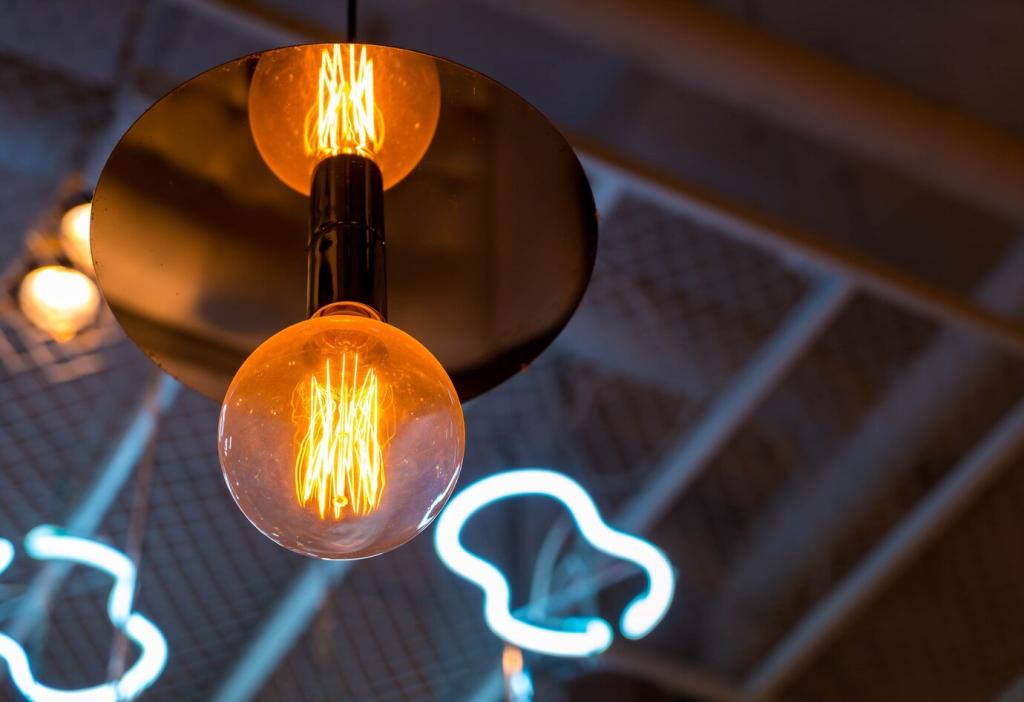
Why Eco‑Smart Hallway Lighting Matters
Because hallway lights are frequently left on between quick trips, they waste energy in short, forgettable bursts. Tackling this pattern with sensors, dimming, and efficient sources turns an overlooked space into a reliable win for your energy goals.
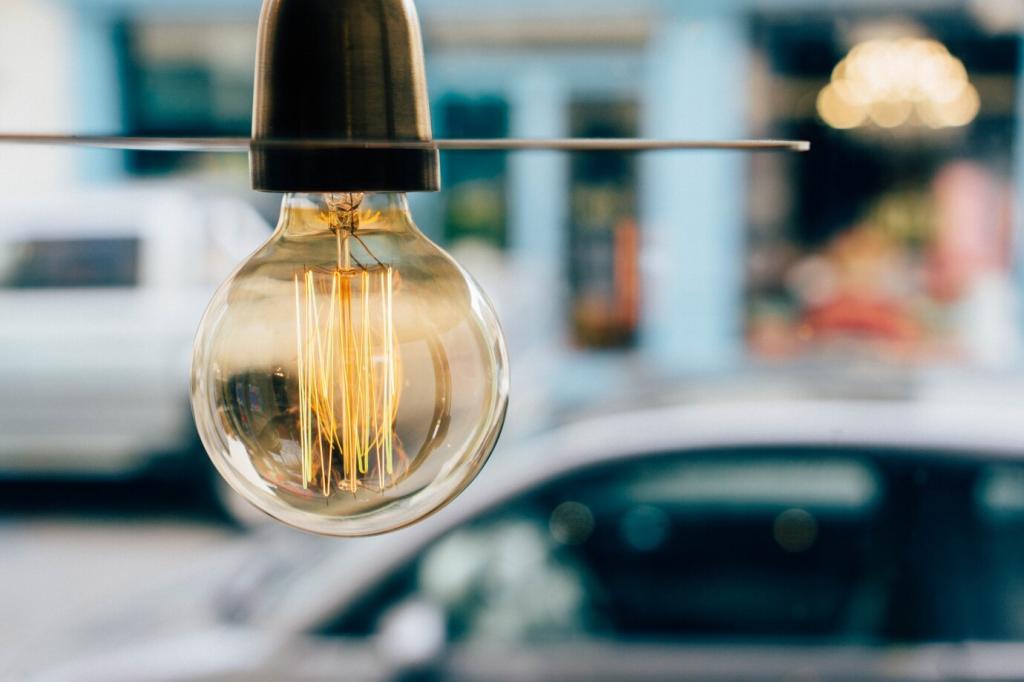
Design Principles for Narrow, Efficient Spaces
Start with soft ambient illumination to set the base level, then add task light near closets or keyholes, and finish with accents to highlight art. This hierarchy avoids over‑lighting and lets you dim selectively to save energy gracefully.
Design Principles for Narrow, Efficient Spaces
Light walls and matte finishes bounce photons, so fixtures can run at lower output while hallways stay bright. Aim for appropriate lumen levels, not maximum brightness, and let reflectance do the heavy lifting for sustainability and comfort.
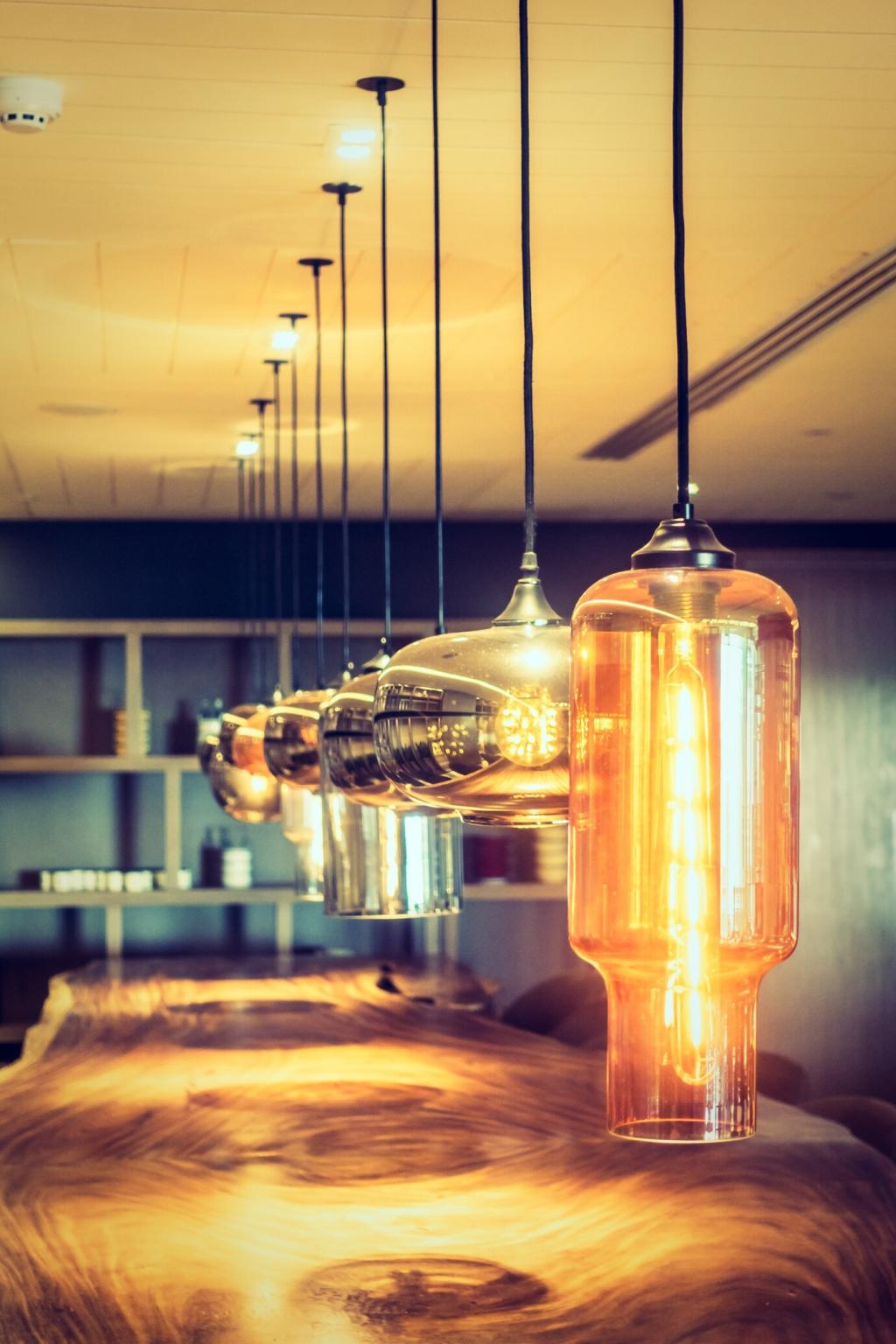
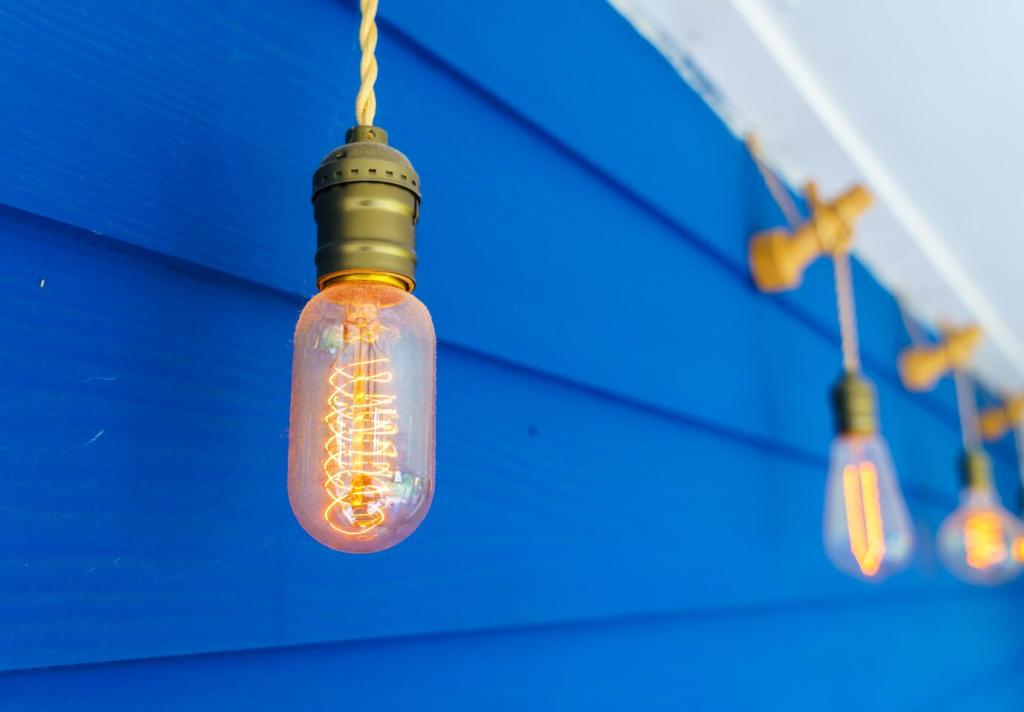
Sensors, Timers, and Smart Controls that Save
Choosing between PIR and microwave sensors
PIR sensors detect heat‑based motion and excel in smaller, defined zones. Microwave sensors penetrate around corners and detect subtle movement. Pick based on layout and traffic patterns to ensure lights trigger precisely when needed, not longer.
Adaptive dimming and gentle fade
Set lights to dim to a soft night level after inactivity, then rise smoothly when someone approaches. This gentle fade saves energy, preserves night vision, and feels luxurious, especially for sleepy hallway walks with kids or pets.
Smart scenes for daily rhythms
Create morning, evening, and away scenes that align brightness with daylight and occupancy. Integrate door sensors or geofencing so lights greet arrivals briefly, then rest. Tell us which scene makes your hallway feel smartest and most sustainable.
Fixtures and Materials with a Green Edge
Seek luminaires made with recycled aluminum, durable glass, or responsibly sourced wood. These materials pair longevity with reduced extraction impact, helping your hallway look refined while keeping its environmental footprint refreshingly small.
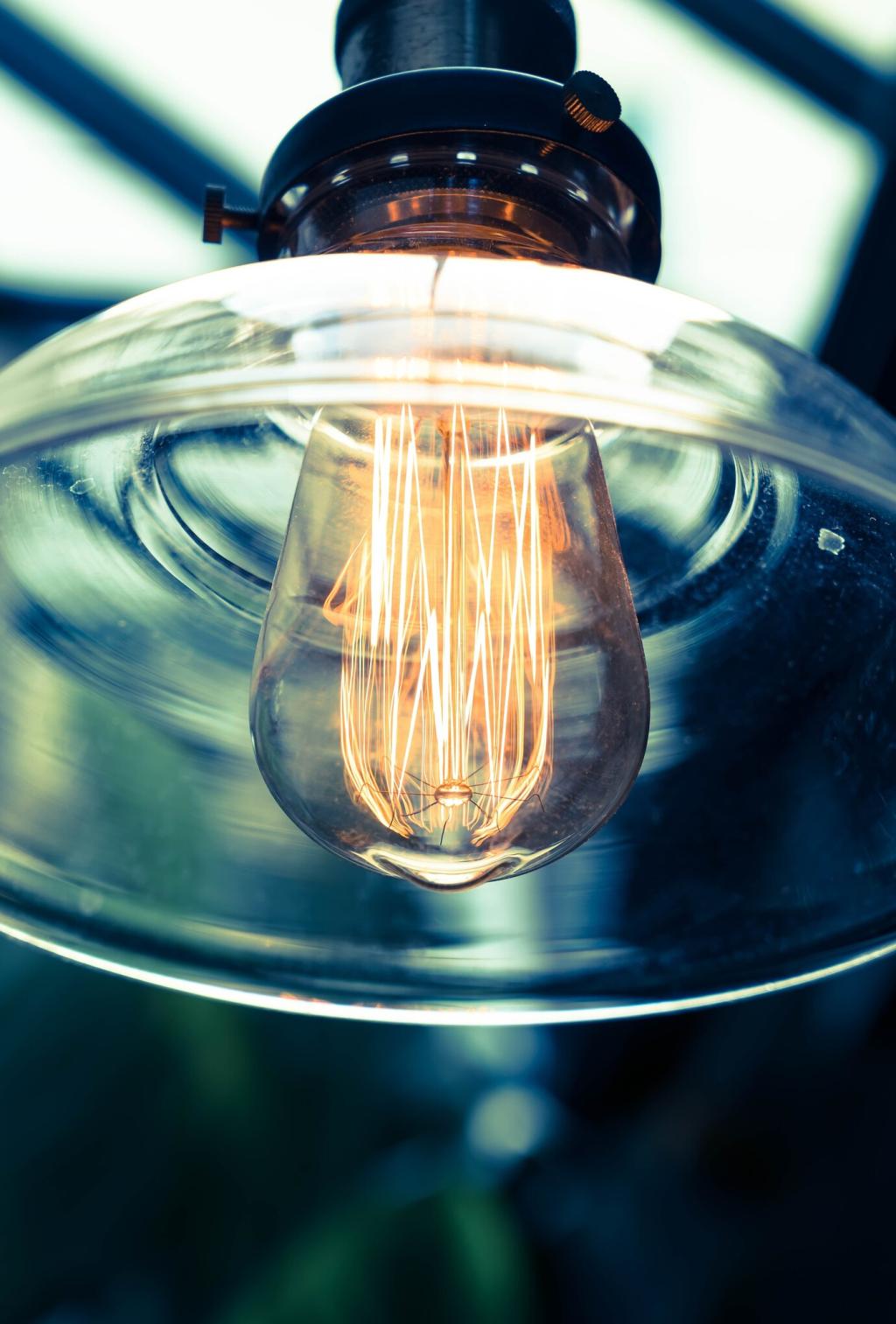
Fixtures and Materials with a Green Edge
Choose fixtures with replaceable LED modules and accessible drivers. Serviceable parts prevent full fixture toss‑outs, cutting waste and cost over time. Share your favorite fix‑friendly brands or hacks that extended a hallway light’s useful life.
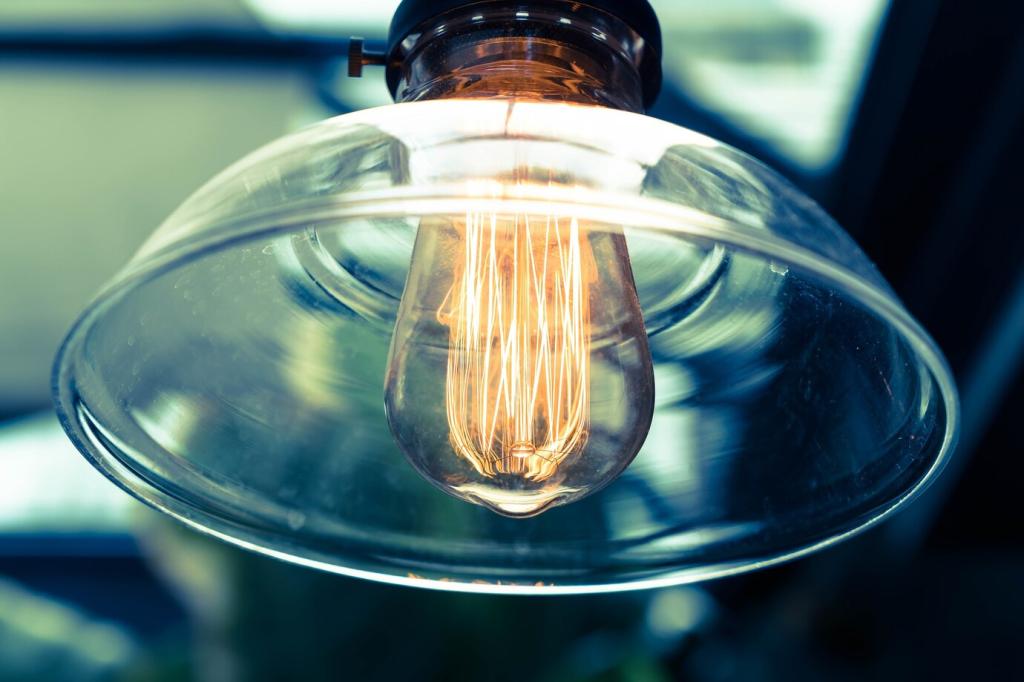
Transoms, sidelights, and solar tubes
Transom windows and sidelights borrow daylight from adjacent rooms, while solar tubes pipe sun into interior corridors. These strategies reduce daytime electric lighting, making hallways feel naturally alive without touching the light switch.
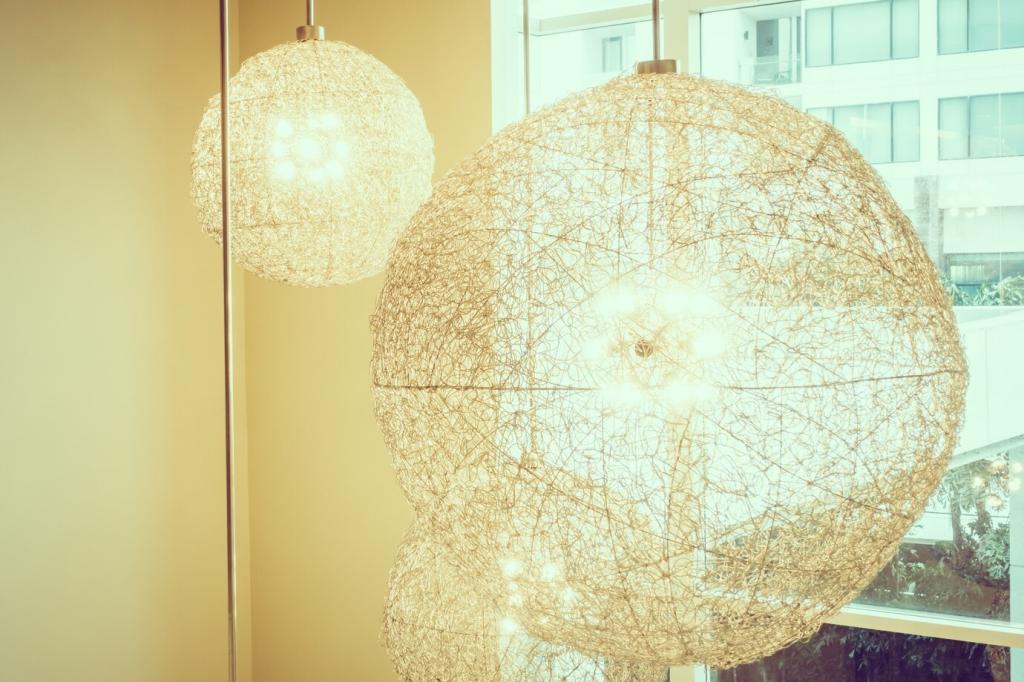
Mirror placement and reflective strategy
Mirrors opposite doorways or near corners bounce light down the corridor, multiplying brightness without extra watts. Pair mirrors with light‑colored paint to stretch daylight farther, then use dimmers so electric light only fills genuine gaps.
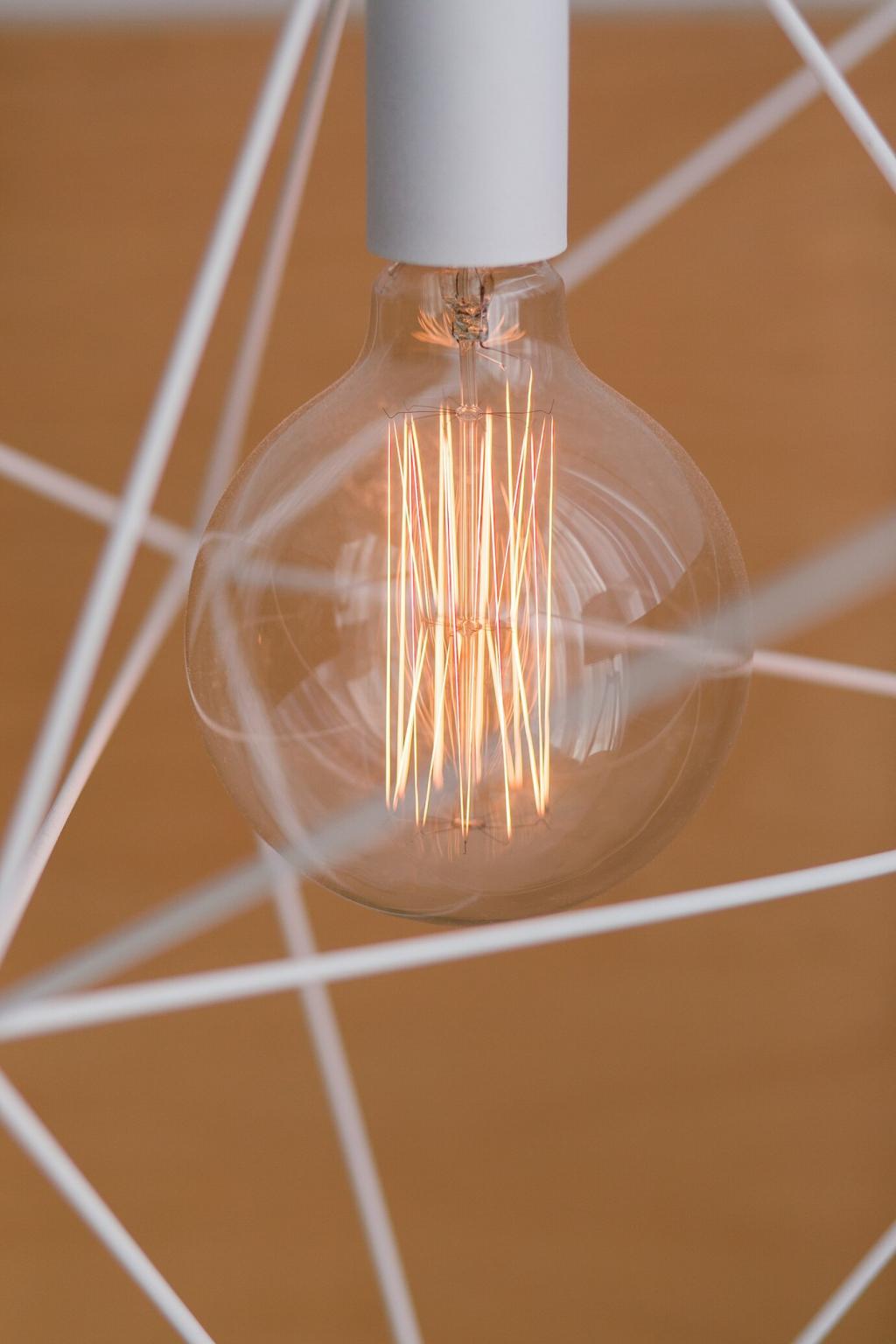
A quick retrofit story to inspire
An apartment dweller added a small solar tube above a dark hall and repainted in warm white. They cut daytime lighting dramatically, and the space felt open and cheerful. Tell us your daylight hacks that turned dim into delightful.
Follow sensible hallway illuminance recommendations and maintain even light levels to avoid harsh contrasts. Adequate brightness boosts safety, and with efficient sources and controls, you can meet guidelines without wasting power or comfort.
Safety, Codes, and Comfort—Sustainably
Consider subtle toe‑kick or wall‑wash lighting that leads the way at night. Minimal wattage, maximum clarity. Night modes reduce brightness while keeping steps visible, especially helpful for guests or kids navigating unfamiliar corridors.
Safety, Codes, and Comfort—Sustainably
Estimating your hallway payback
Compare your current bulbs’ wattage and hours to efficient LEDs with sensors. Factor in longer lifespans and reduced runtime. Even small corridors can achieve meaningful paybacks, especially where lights used to linger unnoticed for hours.
DIY, professional help, and incentives
Simple swaps are great DIY projects, while wiring sensors or multi‑way dimming might benefit from professional expertise. Check local incentives or efficiency programs. If you discover a helpful rebate, drop a comment to guide fellow readers.
Share, subscribe, and compare results
Post your before‑and‑after photos, energy meter snapshots, or favorite fixtures. What hallway challenge did you solve first? Subscribe for monthly eco‑lighting tips and join the conversation shaping smarter, kinder illumination at home.
